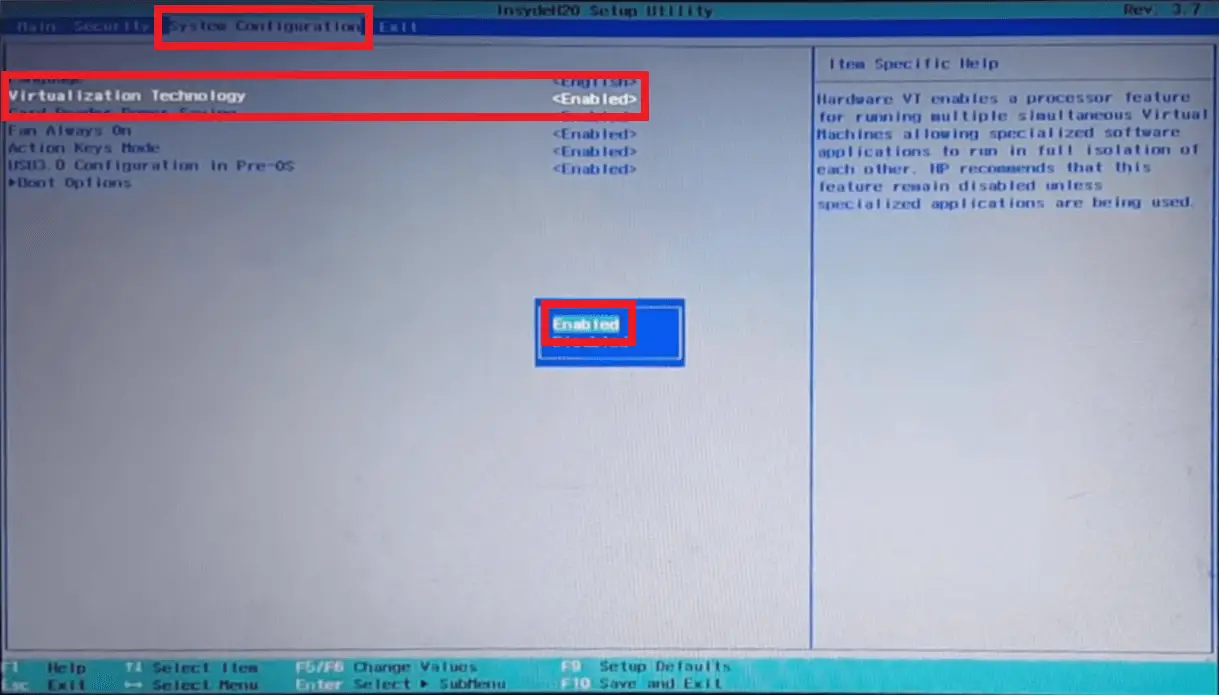


\validate.txt Getting rid of the useless stuff

What we’ll want to do is ensure that PowerShell properly runs the command, and we also want to ensure that the output is saved properly: Start-Process -FilePath $OA3ToolPath -ArgumentList '/validate' -RedirectStandardOutput. So the first thing we’ll have to do is convert this into something meaningful. Our first task is to see what the output is for oa3tool: oa3tool's output. NET, we can use that hex value to activate Windows legitimately. Using PowerShell to harness the power of. There’s a nifty little switch that allows you to grab the hex value of the oem product key injected into the motherboard. The tool itself is designed to interface with OA3, Microsoft’s Windows 8/8.1 activation technology. Once we have that downloaded, we’ll want to grab oa3tool.exe from out of that and either set an alias to it, add it to PATH, or keep the executable near the script. The first thing that we want to do is download Microsoft ADK. Note: You’ll want to peruse the Imaging documentation to understand what those eligibility rules are. It does not matter whether those devices are licensed under that particular Volume Licensing program, through an OEM, or through retail channels, so long as certain eligibility rules are followed. One key benefit of licensing Microsoft software under a Microsoft Volume Licensing program is the right for customers to use Volume Licensing media to deploy the same standard image of software across multiple licensed devices. Fortunately, Microsoft Licensing is actually kind of lenient when it comes to deployment: However, sometimes there’s just not that option available.

It’s easier to manage, and I’ll be the first one to tell you that it’s by far the better way to go. Licensing Legalityīest Practices tells us that Microsoft wants you to use Volume Licensing for your deployment. The issue that we ran into was with our process, which was admittedly a cost saving measure, of using the OEM keys that came with a machine instead of Volume Licensed keys. As soon as reserves of Windows 7 Certified Hardware disappeared, there were consistent activation problems that couldn’t be resolved. I started imaging our workstations with Windows 8.1 after testing, but the impetus was really necessity. When I transitioned my company’s imaging process from Windows 7 Professional to Windows 8.1, there were some growing pains that were difficult to overcome.


 0 kommentar(er)
0 kommentar(er)
